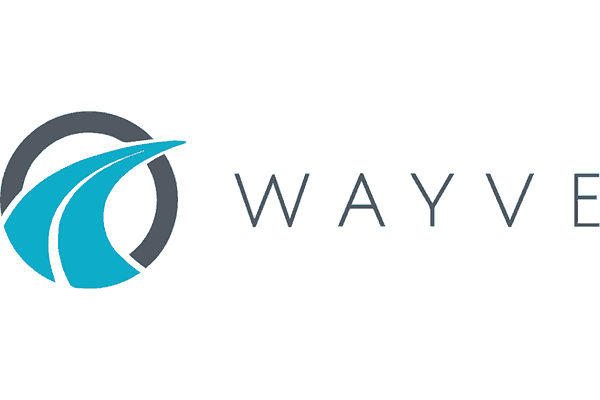The latest data indicates that there is still a big gap between iOS and Android.
- Chitika Insights (see here) has published some more data surrounding the use of Android and iOS in North America.
- The data was collected between May 1st 2013 and May 8th 2013 and consists of around 300m web page impressions.
- The chart that really matters is figure 1 which shows the web traffic generated by iOS and Android devices over a 24-hour period.
- It is important to note that this data includes data use by tablets, which need to be excluded to reach a conclusion about smartphones.
- In the morning, iOS device traffic is about 1.5x that of Android which then increases to more than 2x in the peak evening period.
- Other studies have shown that tablet use is far heavier in the evening and I suspect that it is iPad that is pushing the usage up at that time of day.
- In the morning, tablets are less used as people are not so close to WiFi and are not in the best environment for tablet use.
- Hence I suspect that the measurement taken in the morning of around 1.5x is mostly due to iPhone vs. Android phones.
- This is in line with data that I have seen from the US operators earlier this year and leads me to believe that Android is still not closing the gap on iOS.
- An element of this difference will be due to the fact that the iPhone has most of the affluent, high usage subscribers but it can’t explain it all.
- Previous data has shown that the iPhone generates more traffic than an equivalent Android device at the same price point.
- If this were no longer valid, I would have expected Android to have closed some of the usage gap overall but it has not.
- Hence I see no reason to change my view that Android devices are used less because they are less easy and less fun to use than the iPhone.
- This is critical because history has shown that this is a key measure of loyalty.
- The less a user uses his device, the less likely he is to be loyal to that device.
- This means that he will be more open to changing ecosystems when it comes time to change his device.
- It is this lack of loyalty that I believe keeps the door open for Windows Phone and for a mid-range iPhone product should one be launched.
- This combined with Android’s erratic performance, lower application quality and difficulties in getting it all set up and working as one wishes is what continues to support my caution around long term market share.
- The door is open; the competition just has to walk through it.
- Nokia and Microsoft are in pole position but if a lower priced iPhone is launched, this will cause some consternation across the board.
- Samsung is likely to least affected as it could easily gain in Windows Phone what it loses in Android but this could be very damaging for the likes of Sony Mobile, LGE and HTC.









Blog Comments
Michael Mace
June 20, 2013 at 10:48 pm
I generally agree, Richard, but I think the causation runs in a slightly different direction. People don’t do more with iOS because it’s easier and more fun; the most active users gravitate to iOS because it’s easier and more fun. The device doesn’t make the user; the users self-select based on the benefits of the device.
The distinction is important because if someone else came up with an even easier and more enjoyable device, those users might shift again. The power users tend to be aggressively loyal until a much shinier object appears, and then they migrate as a group.
So Apple should not rest on its laurels. But yes, I think Android is potentially vulnerable because its users are not as deeply committed to mobile computing. The question, to me, is whether anyone can get under Android on pricing. I’m not sure Nokia can do that, but you’re the financial guru, so I think you can answer that better than I can.
windsorr
June 24, 2013 at 10:56 am
Hi Mike…yes fair enough…I always think about things from the point of view that a user goes into a shop and what makes him choose something over something else which plays to your point.
However what I would say is that I think that the iOS ecosystem is pretty sticky. I don’t think Nokia can get under Android on pricing but it can offer much more bang for the buck. That I think is an interesting draw users have to be sold on the Windows ecosystem to go all the way and take the plunge.